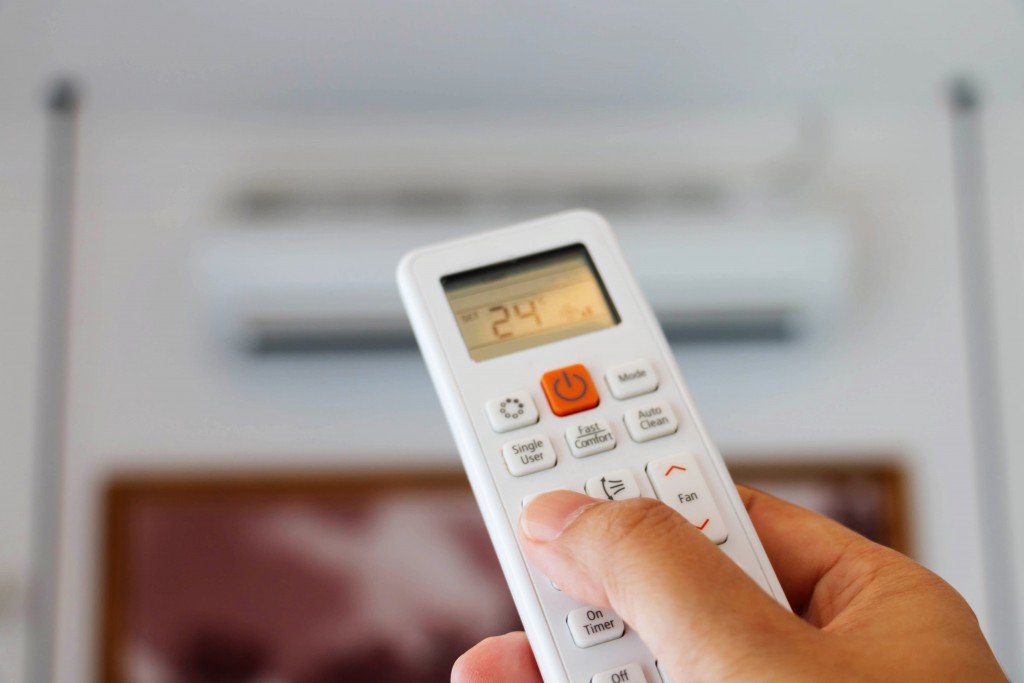In 2019, the United States Energy Information Administration (EIA) reported that six percent of the country’s total energy consumption comes from the air conditioning systems of residential homes. Although this rate may seem small, here’s how it really affects each home. Heating and cooling systems in an average home are responsible for about half of the monthly energy consumption, as found and reported by ENERGY STAR.
Given these rates, it is clear that the heating, ventilation, and air conditioning (HVAC) industry has a significant environmental impact. Thus, to keep up with other industries, the HVAC industry must also commit to initiatives that would help protect the environment. This is why, in the last few years, various companies in this industry have been implementing strategies that would keep their business alive but still help protect the environment. These are four things that they’ve been doing.
Committing to Research and Transparency
The first step that companies do when it comes to having eco-friendly initiatives is understanding first their impact on the environment. This way, they will know exactly how much carbon emission they’re releasing into the atmosphere — from the fossil fuels that were being burned to provide electricity for their operations to the management of their waste. Another key benefit to this is that, through data backed by science, the HVAC companies will know what they need to change to become more eco-friendly.
Transparency is also a crucial step towards environmental protection. Because the operations of the HVAC industry are heavy on machinery, it’s impossible to avoid having high rates of carbon emissions. So, instead, what some companies have been doing is monitoring their emissions and making the results transparent to the public. This is an effective way of building trust with their target market — thus, forging stronger relationships with loyal consumers.
Promoting Alternatives to HVAC Systems Powered by Electricity
As mentioned, the HVAC systems in residential homes are responsible for a huge chunk of energy consumption. Because of this, not only did people start to become greatly concerned about the environmental impact, they’ve also become conscious about their energy consumption and, later, the financial costs. This certainly caused quite a dilemma for many HVAC companies. The difficult question was how would they be able to sell to their customers despite these risks?
Instead, what many companies did is promote alternatives to electric-powered HVAC systems. Some companies promoted the use of outdoor fire pits. This way, consumers can choose to avoid electric-powered outdoor heaters. Another common thing that many HVAC companies are doing is promoting gas-powered systems instead. According to the National Institute of Standards and Technology (NIST), using gas for heating and cooling at home is much more environment-friendly. And, it also helps in lowering the financial costs at home.

Developing Green and Smart HVAC Technologies
For their green initiatives, some HVAC companies went further than just offering alternatives to electric HVAC systems. Many of them started investing in the development of green and smart HVAC technologies. Such developments certainly appealed to the market that is interested in becoming eco-friendly in their home.
Among the technologies that were developed are smart thermostats. Yes, they are still powered by electricity. But the features of smart thermostats make up for its electric costs. For instance, many of them have the capacity to automatically adjust in accordance with the weather outside. So if it’s raining and freezing, then the temperature at home would lower as well. Another common feature is monitoring the electricity usage of the HVAC systems. This way, consumers will be able to see how much electricity they’re consuming and adjust their behavior to lower the consumption.
Ensuring the Quality of HVAC Systems
To further their initiatives for environmental protection, some HVAC companies are ensuring the high quality of their HVAC systems to lower their impact. It may be impossible to control their consumers’ usage of sold HVAC systems. But they can control their operations to lower the environmental costs. The reasoning behind this is that if their products remain in top shape, then it would reduce the environmental costs of repairs, waste, etc.
A huge plus about this strategy is that HVAC companies are able to solidify the trust of their consumers. Much like committing to transparency, this would help strengthen consumer loyalty.
It’s certainly undeniable that the HVAC industry needs to do a lot of work to become environment-friendly. But, given these popular strategies, it’s clear that many companies are doing what they can. This way, they are able to still deliver goods and services, make a profit, build relationships with consumers, and, most of all, protect the environment.




